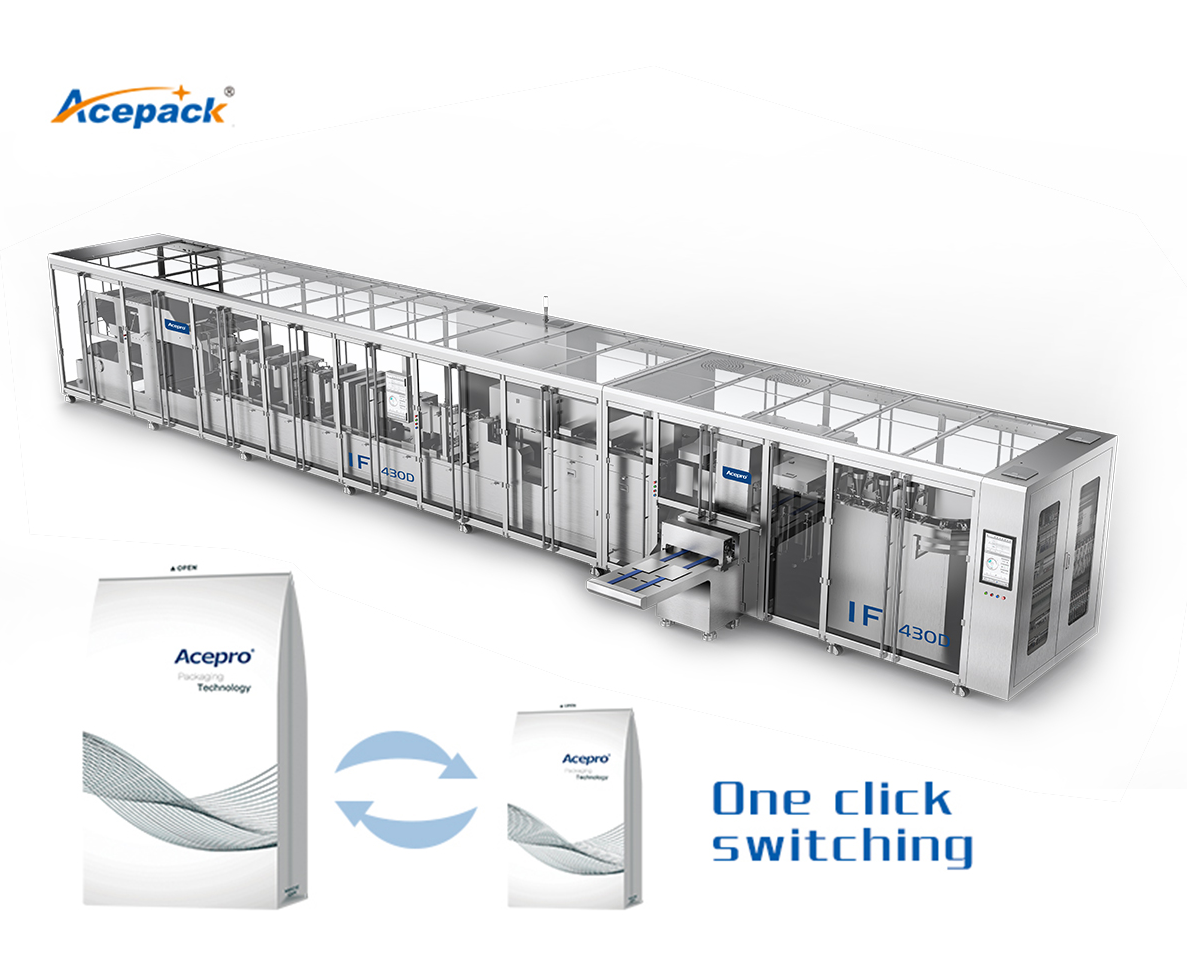In the ever-evolving landscape of consumer goods, packaging plays a pivotal role in not only protecting products but also enhancing their marketability. Among the various types of packaging, flexible packaging has gained significant traction due to its versatility and adaptability. This article delves into what “flexible packaging” means and explores the importance of packaging equipment flexibility in this context.
What is Flexible Packaging?
Flexible packaging refers to packaging made from flexible materials that can be easily shaped, molded, or altered. Unlike rigid packaging, which is typically made from materials like glass or hard plastics, flexible packaging includes items such as bags, pouches, films, and wraps. These materials can be made from a variety of substrates, including plastic, paper, and aluminum, and are often designed to be lightweight, durable, and cost-effective.
The primary characteristics of flexible packaging include:
Adaptability: Flexible packaging can conform to the shape of the product it contains, making it suitable for a wide range of items, from snacks and beverages to pharmaceuticals and cosmetics.
Space Efficiency: Due to its lightweight nature and ability to be flattened, flexible packaging takes up less space during transportation and storage, leading to reduced shipping costs and a smaller carbon footprint.
Barrier Properties: Many flexible packaging materials are designed to provide excellent barrier properties, protecting products from moisture, oxygen, and light, which can extend shelf life and maintain product quality.
Customization: Flexible packaging can be easily customized in terms of size, shape, and design, allowing brands to create unique packaging solutions that stand out on the shelf.
Sustainability: With growing consumer demand for eco-friendly options, many flexible packaging solutions are now being developed with recyclable or biodegradable materials, contributing to a more sustainable packaging ecosystem.

The Importance of Packaging Equipment Flexibility
As the demand for flexible packaging continues to rise, the need for packaging equipment that can accommodate this trend becomes increasingly important. Packaging equipment flexibility refers to the ability of machinery to adapt to different packaging formats, sizes, and materials without requiring extensive reconfiguration or downtime. This flexibility is crucial for several reasons:

1. Meeting Diverse Market Demands
The market for flexible packaging is diverse, with various industries requiring different types of packaging solutions. For instance, the food industry may need resealable pouches, while the pharmaceutical sector may require tamper-evident packaging. Packaging equipment that can easily switch between different formats allows manufacturers to respond quickly to changing consumer preferences and market trends.
2. Enhancing Production Efficiency
Flexible packaging equipment that can handle multiple formats reduces the need for multiple machines, which can be costly and space-consuming. By investing in versatile machinery, manufacturers can streamline their production processes, minimize downtime, and increase overall efficiency. This not only leads to cost savings but also allows for quicker turnaround times, enabling businesses to meet tight deadlines and fulfill orders promptly.
3. Supporting Innovation
The packaging industry is constantly innovating, with new materials and designs emerging regularly. Equipment that is flexible and adaptable can accommodate these innovations, allowing manufacturers to experiment with new packaging solutions without the need for significant capital investment in new machinery. This fosters a culture of creativity and experimentation, which can lead to the development of groundbreaking packaging solutions that capture consumer interest.
4. Reducing Waste
Flexible packaging equipment that can easily switch between different materials and formats can help reduce waste. For example, if a manufacturer can use the same machine to produce both plastic and biodegradable packaging, they can minimize the amount of unused materials and reduce their environmental impact. This aligns with the growing emphasis on sustainability in the packaging industry.
5. Improving Quality Control
With flexible packaging equipment, manufacturers can implement more rigorous quality control measures. The ability to quickly adjust settings and parameters allows for real-time monitoring of the packaging process, ensuring that products are packaged consistently and meet quality standards. This is particularly important in industries such as food and pharmaceuticals, where product integrity is paramount.
Conclusion
Flexible packaging is a dynamic and versatile solution that meets the needs of modern consumers and businesses alike. Its adaptability, space efficiency, and sustainability make it an attractive option for a wide range of products. However, to fully leverage the benefits of flexible packaging, manufacturers must invest in packaging equipment that offers flexibility. This adaptability not only enhances production efficiency but also supports innovation, reduces waste, and improves quality control.
As the packaging landscape continues to evolve, the synergy between flexible packaging and flexible packaging equipment will play a crucial role in shaping the future of the industry. By embracing this flexibility, manufacturers can stay ahead of market trends, meet consumer demands, and contribute to a more sustainable packaging ecosystem.





